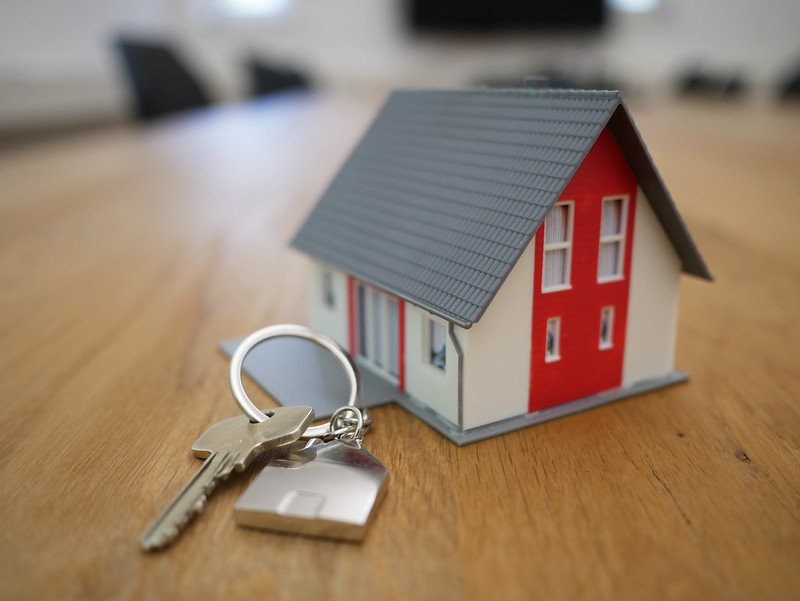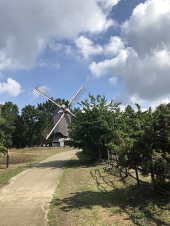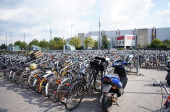
Residential real estate prices in Norway experienced a decline for the second consecutive month in July. However, in contrast, rental rates have seen a significant surge, particularly in Oslo,
where they rose by 17% in July. This increase comes at a time when thousands of students are flocking to the capital in search of housing.
According to reports, the average monthly rental rate for a two-bedroom apartment in Oslo has reached NOK 18,405 (USD 1,844). In sought-after neighborhoods, rates are even higher, with a three-room apartment in the Majorstuen area commanding a monthly rent of NOK 27,000. The demand for rental contracts is fierce, and some prospective tenants are reportedly offering bids above the advertised rental rates.
Simultaneously, the housing shortage has put thousands of students on waiting lists for both public and private accommodations. State-subsidized student housing costs around NOK 10,000 a month, depending on the apartment's size.
Kjetil J Olsen, who runs the contract platform husleie.no for renters and landlords, commented on the unprecedented and expected rise in rental rates, believing that the upward trend is unlikely to peak anytime soon due to the limited supply of rental housing in Oslo.
Nationwide, rental rates have increased by 12% compared to the previous year, with other Norwegian cities like Tromsø and Stavanger also facing an imbalance between demand and supply. Nearly 16,000 students are still on waiting lists for housing across the country as classes are set to begin in a few weeks.
The housing crisis has affected not only students but also the commercial rental market, where competition for available units remains fierce. The soaring real estate prices have made it difficult for first-time buyers to enter the market, forcing them to continue renting at ever-increasing rates.
Rental rates in Norway can be raised 12 months after a contract is signed or changed, and while they are typically linked to the consumer price index (currently at 6.4%), many landlords raise them even more to cover rising costs such as property taxes, maintenance fees, and utilities.
Despite calls from the Socialist Left Party (SV) to impose a rental rate ceiling in major cities, the Labour-Center state government has not favored regulating rental rates, instead pointing to the need for more residential construction to alleviate the housing crunch. Critics, however, argue that high construction costs, labor shortages, and bureaucratic delays in project approvals have hindered new residential developments.
In contrast to the rental market, housing prices have declined by 1.1% month-on-month in July, following a 1.2% decrease in June. Although prices remain 5.2% higher than last year, the market has eased for potential buyers. With interest rates expected to rise further this month, housing prices may continue to decline, while rental rates are likely to keep climbing, especially for properties with mortgages.



































